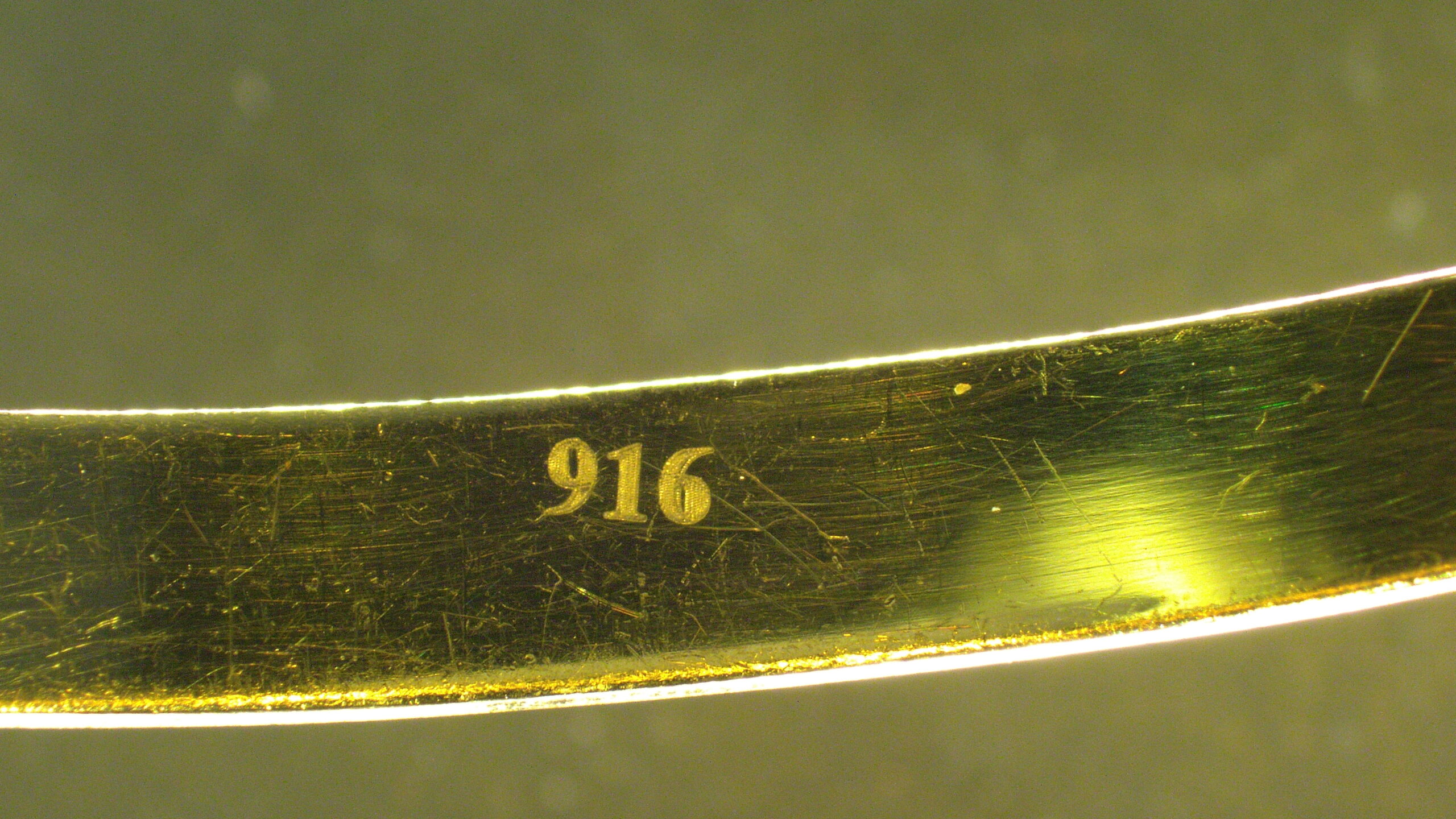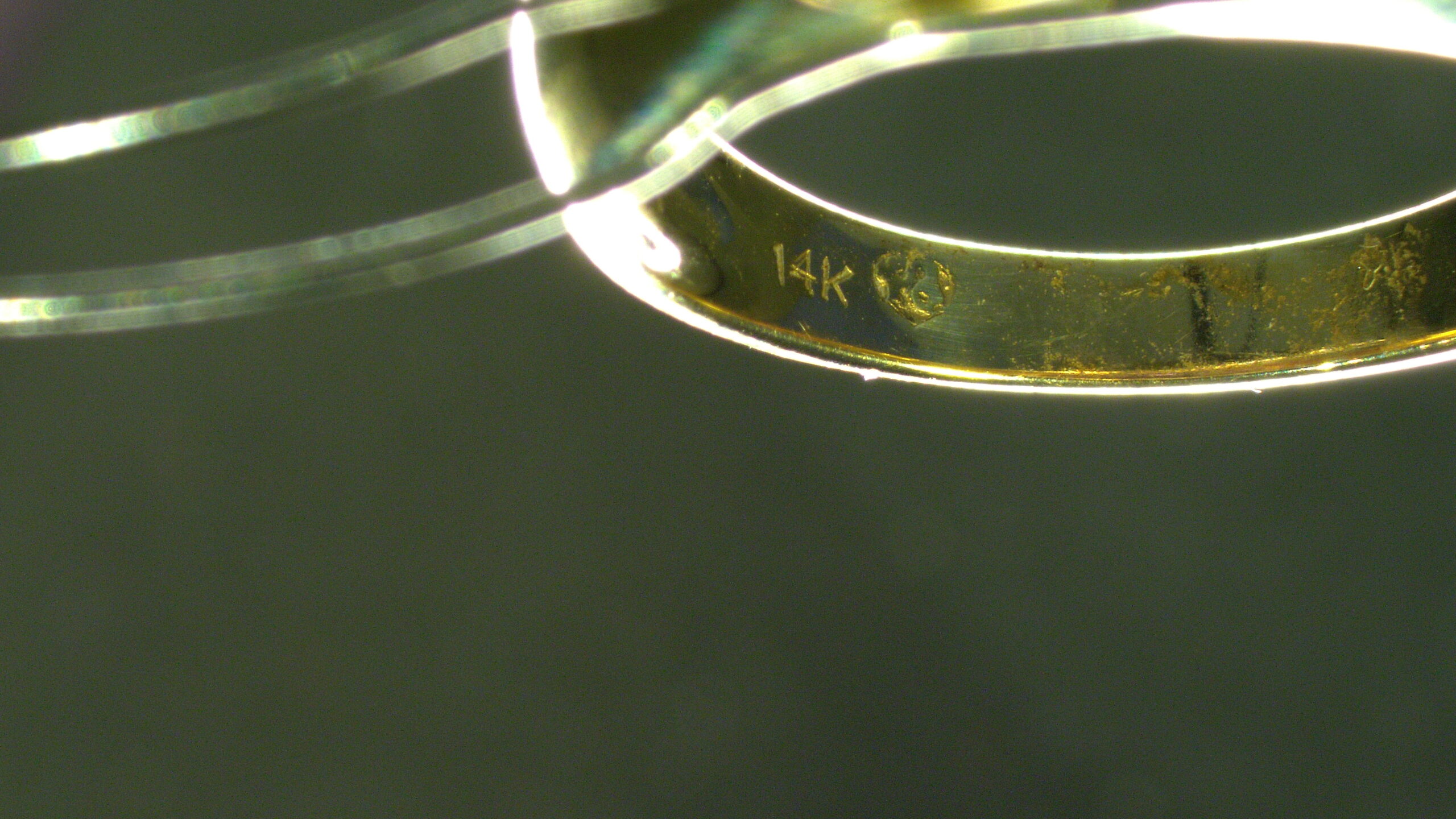What’s the Difference Between 14K & 18K Gold?
What's Up Doc? A Lesson in Karats
When it comes to jewelry, you’ll often hear the term karat- with a ‘K’. But what actually is a karat? And how is it measured? Is it different than carat with a ‘C’ or carrot with two ‘R’s & an ‘O’?
So let’s break down the concept of gold karats, particularly focusing on the differences between 14 karat, 18 karat, and 24 karat gold. When you understand these numbers, you’ll have a clearer picture of what you’re buying and why different golds are valued differently and how they wear differently.
What is a Karat?
Okay first things first: what the heck is a karat? Well, a karat with a ‘K’ is just a unit of purity measurement for gold in jewelry. Carat with a ‘C’ is a measure of weight for diamonds and gemstones. Carrots with two ‘R’s and an ‘O’ are for wascaly wabbits.
Today we’re focusing on the “K” kind!
Karat refers to the purity of gold. It is a measure of how much of the alloy (metal mixture) is pure gold compared to other metals mixed in (known as alloys). Pure gold is considered 24 karats, which means it’s 100% gold. Other karats indicate the proportion of gold in the alloy as parts per thousand, with the remainder being other metals.
Fun fact! The word karat (and carat) is derived from the carob tree. In ancient times carob seeds were used as a standardized unit of measurement.
24 Karat Gold: The Benchmark for Purity
24 karat gold is as pure as gold gets. If you see a piece of jewelry marked 24 karats, it means it contains 100% gold – no alloys mixed in. This purity makes 24 karat gold quite soft and malleable, which is why it’s not often used for everyday jewelry. It’s typically reserved for investment pieces, coins, and ceremonial jewelry. 24K gold is yellow, the natural color of gold as it comes out of the ground.

This bracelet is marked “916” which means it’s .916 or 916/1000 parts gold. The math? .916 parts of 24 equals 21.9. So, this bracelet is 22 karat gold! Hunt Country does not work in 24k; we do work with 22K for very specific projects like gold inlaid in platinum, but this is a rare project for us.
18 Karat Gold: A Balance of Purity and Durability
18 karat gold consists of 75% gold and 25% other metals like copper or silver. To understand how this percentage is derived, you can think of it in terms of fractions. Here’s the math:
- 18 karats out of 24 karats means that 18/24 of the alloy is pure gold.
- When you divide 18 by 24, you get 0.75, or 75%.
- 18K can be stamped 18K or 750 because it is 750/1000 parts pure.
So, 18 karat gold is 75% pure gold. The remaining 25% is made up of alloys, which enhance the metal’s durability and can also change its color. Different combinations of nickel or palladium, copper, and zinc are used to create yellow, white, and rose gold for jewelry.
We work in 18 karat gold at Hunt Country Jewelers because we find it’s the best balance of purity and durability and it’s lovely to manufacture with. The additional pure gold content, when manufactured correctly, lends to long life as the density of pure gold makes it resistant to wear. We alloy our own white, yellow, and rose gold in house for casting; we can create a green gold but it’s not a common request.

14 Karat Gold: The Most Common Karat Found in the US
14 karat gold contains 58.5% gold and 41.5% alloy metals. The calculation for 14 karat gold is similar:
- 14 karats out of 24 karats gives us a fraction of 14/24.
- Dividing 14 by 24 results in approximately 0.585, or 58.5%.
- 14K can be stamped 14K or 585 as it is 585/1000 parts pure.
This percentage makes 14 karat gold more affordable than higher karat values, making it a popular choice for a wide range of jewelry items. The higher percentage of alloy can make the gold harder, which also makes the gold more scratch resistant and less malleable. However, it is less durable in the long run as it has a lower gold content which makes it less dense and more prone to abrasion.

The Role of Alloys
Alloys in gold jewelry serve a couple of purposes:
- Durability: Pure gold is quite soft and prone to scratching. By mixing in other metals, the gold becomes harder and more suitable for daily wear.
- Color and Appearance: Alloys can also alter the color of gold, such as creating white or rose gold. For example, adding copper can give gold a reddish hue, while mixing in silver can produce a white gold appearance.
By understanding these concepts, you can better interpret gold purity in jewelry. Next time you see a gold piece marked with karat values, you’ll know exactly what percentage of gold it contains and how that affects its quality and price.

